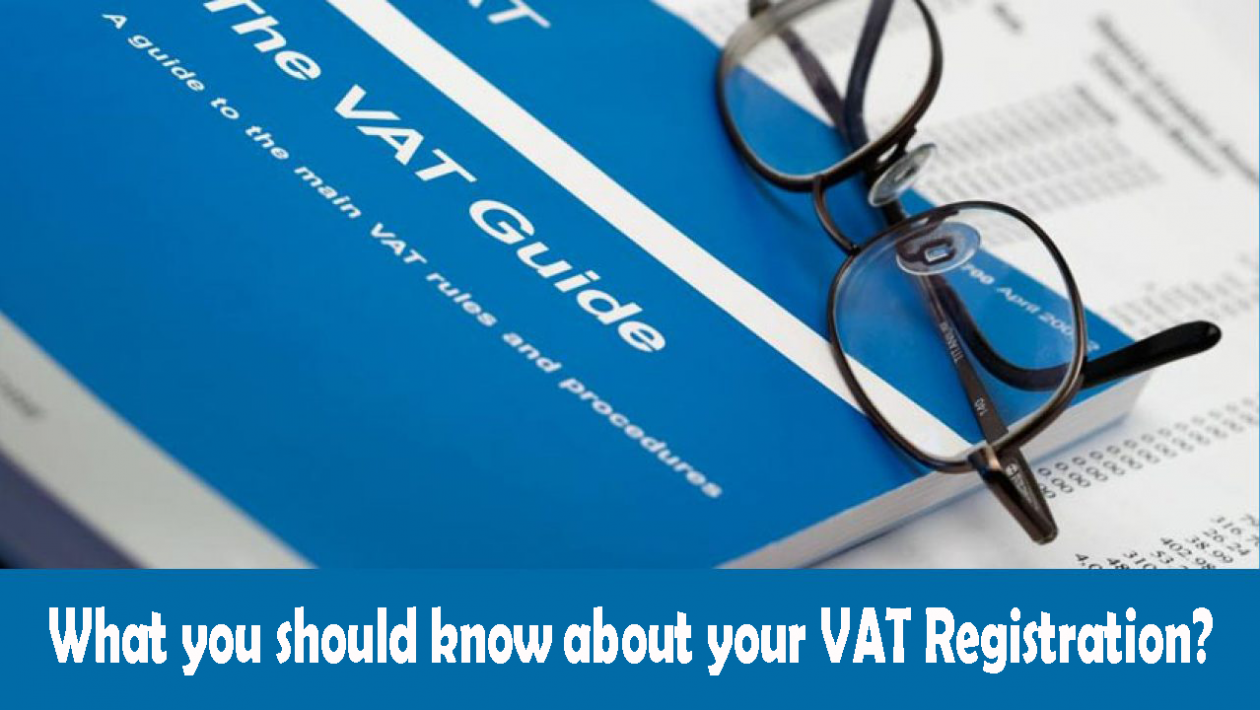The regulation of Value Added Tax requires employers and professionals, who are taxpayers, to comply with a series of obligations.
One of these obligations is the keeping of the books in which the data of the operations they carry out must be recorded (for the example invoice number, date, tax base, VAT rate).
In this way, the books contain the necessary elements to prepare the tax settlements, so they are prepared based on their information.
And we return to what has been said before: your information is none other than the invoices that are issued and received in the development of the activity.Visit here
So, to give you an idea:
• First: the invoices are recorded in the register books.
• Second: based on the data in the registration books, the (quarterly or monthly) VAT returns are prepared.
Keep in mind that the main data that appear in these declarations are the amounts corresponding to the VAT supported and the VAT charged (these are the main data because they are what determine the outcome of the settlement). This information came from a single source: invoices received and issued, whose data are those that are recorded in the record books.
We can say, then, that:
VAT registration books are those in which taxpayers must record the operations they perform in the exercise of their activity following the formal and material requirements required by law.
VAT Registration is mandatory?

The Value Added Tax Regulation, the obligation to keep the registration books falls on the taxpayers, but this obligation does not affect the following activities:
1. – Those under any of the following regimes (Except as provided in the specific regulations that regulate them):
• Simplified Special Regime
• Special regime for agriculture, livestock, and fisheries
• Regime of equivalence surcharge
• The regime applies to telecommunications, broadcasting or television services and those provided electronically.
2. – To occasional intra-community deliveries of new means of transport exempt from the tax.
They are the following:
• Record book of issued invoices.
• Record book of received invoices.
• Record Book of investment goods.
• Record the book of certain intra-community operations.
• Also, a special Registry Book of receipts issued by the purchasers of goods or services must be kept to the taxable persons under the special regime of agriculture.
Requirements

The formal requirements that must be met by the different registration books are the same as those required by the Commercial Code for accounting books, although they do not have to be legalized.
Therefore, the book records must be brought:
• With clarity and accuracy
• By order of dates
• No blanks, interpolations, scrapes or scratches.
• Your pages should be numbered correlatively.
• The values must be expressed in dollars.
• Errors and omissions in the annotations must then be saved, as soon as they are warned.
Content
Record book of issued invoices
It records all the invoices issued and it can be a book as such or notes can also be made on separate sheets that once numbered and bound in a correlative way will constitute the record book.Visit here
The data of the invoices issued to be recorded are the following:
• Number, series, and date of issue.
• Tax identification of the recipient.
• The tax base of the operation, tax rate, and tax rate.
• If the operation has been carried out according to the cash basis regime, the mention “special regime of the cash basis” must be included.
In case the subject is admitted to the SII, it must also include another series of mentions.
Also, note that summary entries referring to several invoices are allowed when the following requirements are met:
• That the recipient’s identification is not mandatory in the invoice (only occurs on simplified invoices).
• That all operations have been carried out within the same calendar month.
• That the same tax rate has been applied to them.
On the other hand, the same invoice is also allowed to be entered in several correlative entries when it includes operations taxed at different tax rates.





